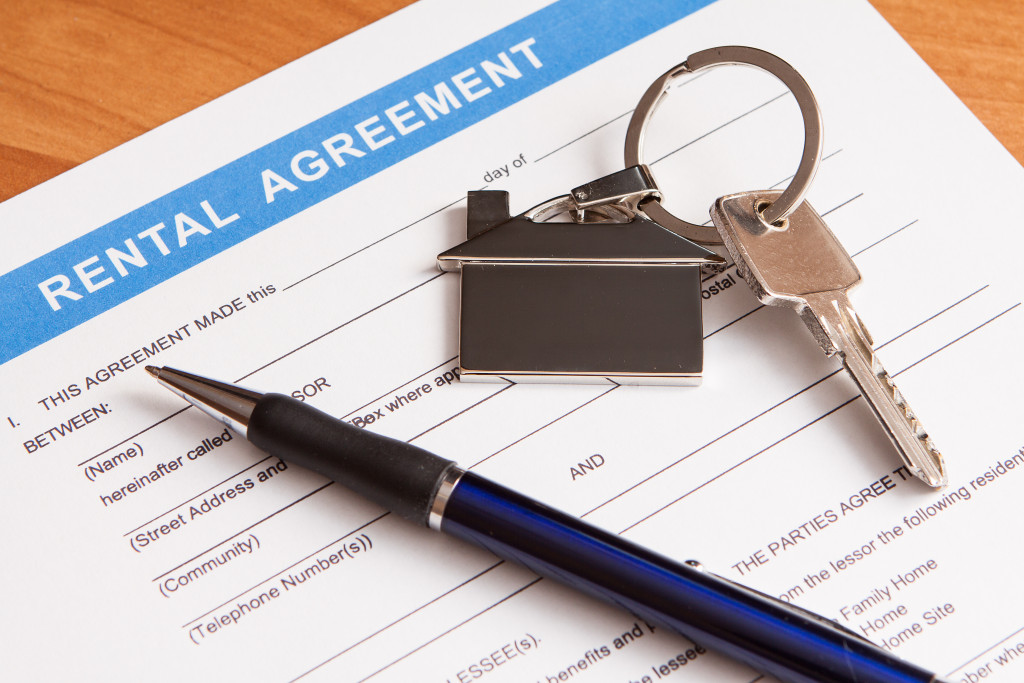- Open communication is the foundation of any successful tenant-landlord relationship.
- Know your rights and responsibilities according to tenancy laws.
- Consider mediation with a neutral third party for contentious topics.
- Keep detailed records of all documents, including photos and videos of property condition.
- Learn the proper methods for legally and fairly recovering unpaid rent.
Disagreements between tenants and landlords are almost as old as the concept of renting itself. However, while these disputes can be challenging and emotionally charged, they don’t always have to escalate into major conflicts. A proactive approach, combined with an understanding of the rights and responsibilities of both parties, can make all the difference. Here are five strategies to help you navigate and resolve tenant-landlord disputes effectively.
1. Communication is Key
Establish open channels from the outset.
Effective communication is the foundation of any successful relationship, and the dynamic between landlords and tenants is no exception. From the moment a lease agreement is signed, ensure that both parties have clear channels for addressing concerns, asking questions, and providing updates.
If an issue arises, address it promptly. Avoiding or ignoring a problem rarely makes it disappear; it often exacerbates the situation. When discussing contentious topics, strive for a calm and constructive tone, focusing on the issue rather than resorting to personal attacks.
2. Know Your Rights and Responsibilities

Information empowers negotiation.
Whether you’re a landlord or a tenant, you must be well-versed in local tenancy laws. This knowledge ensures both parties operate within the legal framework and understand their rights and obligations.
For tenants, this means being aware of your rights concerning property maintenance, security deposits, and eviction processes. For landlords, it’s about understanding the legal requirements for property upkeep, entering a rented property, and handling lease breaches. A well-informed discussion based on legal facts can prevent misunderstandings and reduce potential disputes.
3. Consider Mediation
Third-party intervention can bridge the gap.
When direct communication fails to resolve a dispute, it might be time to consider mediation. A neutral third party can help facilitate a conversation between the tenant and landlord, helping them find a mutually agreeable solution.
Mediators are trained to handle conflicts, ensuring that all parties have a chance to voice their concerns. This process can be particularly helpful when emotions run high, as it provides a structured environment where both sides can work towards a resolution.
4. Keep Detailed Records
Documentation can be your best defense. Maintaining detailed records is paramount in any business transaction, including rental agreements.
Here are some tips for keeping detailed records:
Maintain a Filing System
A well-organized filing system can make record-keeping significantly less daunting. This could be a physical folder with different sections for various types of documents or a digital system with clearly labeled folders and files. Include a copy of the lease, receipts for any repairs, and records of all rent payments. In the case of digital records, ensure they’re backed up in a secure location to prevent loss.
Use Certified Mail for Important Documents
When sending or receiving crucial documents such as notice to vacate or repair requests, it’s advisable to use certified mail. This provides proof of posting and receipt, creating a verifiable paper trail. Such records can be vital if a dispute arises about whether a particular notice was given or a request was made.
Take Photos and Videos
Visual records can be particularly useful when it comes to property condition disputes. Both parties should take detailed photos or videos of the property when a tenant moves in or out. This forms a clear record of the property’s condition at specific points in time and can help resolve disputes about damage or maintenance issues.
Regularly Review and Update Records
It’s important not to let your record-keeping practices stagnate. Regularly review your systems and practices to ensure they’re still effective and up-to-date. This includes regularly backing up digital records and updating any details in the lease agreement or contact information. Regular upkeep can prevent a chaotic scramble to find necessary documents when a dispute arises.
5. Understanding How to Collect Unpaid Rent

Arrears don’t have to mean losses.
One of the more common disputes revolves around unpaid rent. When a tenant leaves with outstanding rent, landlords must know how to collect unsettled rent after a tenant moves out. First, review your lease agreement to ensure all terms related to rent collection, late fees, and penalties are clear.
Next, send the tenant a formal letter or notice outlining the amount owed, including any additional charges or fees. If this doesn’t result in payment, consider working with a service process agency to deliver a legal demand letter. In extreme cases, the landlord may pursue small claims court action. Understanding and following all relevant laws and regulations is important when pursuing unpaid rent.
Final Words
Tenant-landlord relationships can be harmonious with the right approach, even when disputes arise. Many conflicts can be resolved amicably by focusing on open communication, understanding rights and responsibilities, and keeping detailed records. And for those more challenging situations, such as collecting unpaid rent, knowing the proper steps can ensure your approach is fair and effective. Remember, the goal isn’t to “win” a dispute but to find a resolution that respects the rights of everyone involved.

